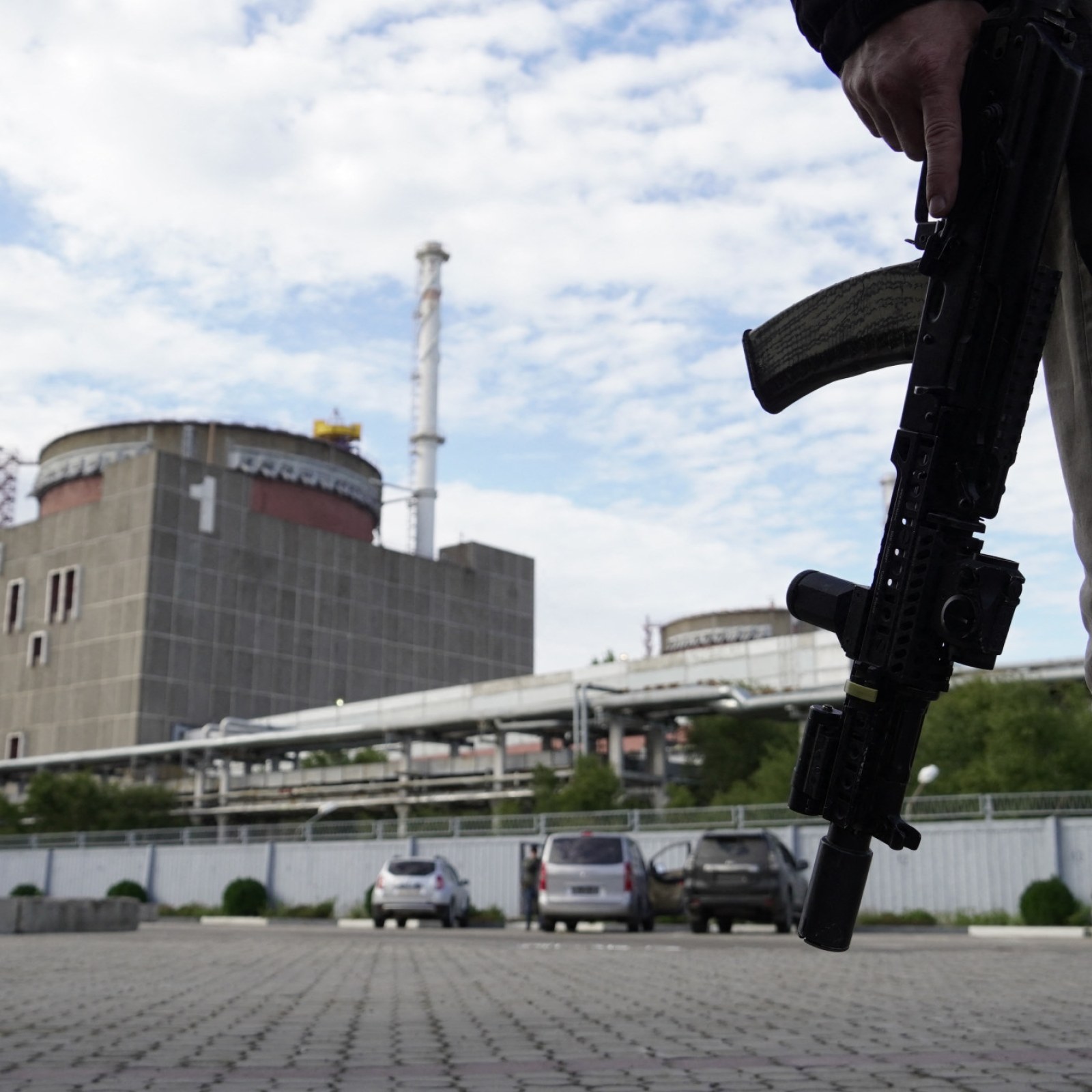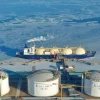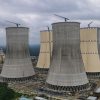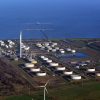Exclusive report: Reza Edalatipour
In the face of the global climate crisis, the world now more than ever requires clean, sustainable, and low-carbon energy sources. This need has become undeniable as major environmental threats—from global warming to its resulting climate changes and the rising emissions of greenhouse gases—continue to endanger our lives. In response, governments around the world have engaged in multilateral summits and international collaborations to confront this urgent situation.
One such initiative was the 28th UN Climate Change Conference (COP28), held in Dubai from November 30 to December 12, 2023. Despite sharp disagreements among nations, particularly over the wars in Gaza and Ukraine, a significant decision was reached. The most contentious issue of the summit was the transition away from fossil fuels—a move many have hailed as a historic breakthrough.
In a declaration issued on December 2, during the UN climate summit at COP28 in the United Arab Emirates, the United States and 21 other countries pledged to triple global nuclear energy capacity by 2050. The declaration emphasized the “key role of nuclear energy in achieving net-zero greenhouse gas emissions—carbon neutrality—by or around mid-century, and in keeping the rise in global temperatures within 1.5 degrees Celsius.”
Although this pledge was seen as a significant success at the time, developments over the past year in both nuclear energy and global military dynamics have raised critical questions among experts:
Is expanding nuclear energy truly a step forward for human well-being, especially when the high risks of facility attacks, misuse of technology, and proliferation concerns have not been adequately addressed?
Now, more than a year after this commitment, a growing number of expert opinions have emerged, warning that such decisions may increase the risks of nuclear weapons development and foster new forms of military entanglement. The path forward, it seems, must balance the urgent need for clean energy with a robust global framework for safety, security, and non-proliferation.
Protecting Nuclear Facilities Must Precede Their Expansion
Countries such as China, France, South Korea, and the United States have launched extensive programs to expand and modernize their nuclear power plants. Many Asian and Middle Eastern nations are also pursuing this technology as a means to reduce air pollution and ensure energy security. However, this widespread development—if not accompanied by strict safety and oversight measures—can pose serious risks. Especially given the fact that countries increasingly view nuclear facilities as strategic assets and potential wartime targets.
Although nuclear power plants are technically designed with high precision and stringent safety standards, they remain vulnerable to incidents that can cause catastrophic human and environmental consequences. Disasters like Chernobyl (1986) and Fukushima (2011) have taught the world hard lessons about the critical importance of rigorous supervision, crisis preparedness, and rapid emergency response.
Today, in addition to technical threats, geopolitical tensions have introduced a new layer of risk. Many nuclear power plants are located in politically sensitive and volatile regions—areas where the threat of military attacks, sabotage, or terrorism is ever-present. If these facilities are targeted during conflicts or periods of heightened tension, the likelihood of radioactive leaks and disastrous incidents increases significantly.
For example, in the Middle East, Iran’s nuclear program is frequently under threat of military strikes by Israel, making the region one of the most high-risk zones for such events. A similar situation exists in Pakistan, where separatist groups pose threats to nuclear sites.
Furthermore, recent developments in Ukraine, including attacks on the Zaporizhzhia nuclear plant, and threats against Russia’s Kursk facility, have added new dimensions to the global nuclear security landscape. These incidents underscore the urgent need for nuclear power plants to be protected not just technically, but also through diplomatic and security frameworks.
Small Reactors in Military Use
The risks associated with nuclear energy in wartime are not limited to civilian infrastructure. The U.S. Department of Defense is currently developing a project known as Project Pele, which aims to deliver a portable nuclear power source for military operations, disaster response, or deployment in remote areas.
These mobile microreactors could offer the U.S. military a clean alternative to fossil fuels. However, if deployed in conflict zones or unstable regions, they could become high-value targets for enemy attacks.
China also plans to deploy floating nuclear power plants, similar to Russia’s Akademik Lomonosov, to support its territorial claims in the South China Sea. In the event of a conflict over Taiwan, these floating facilities would face serious risk of attack and potential nuclear disaster.
The Priority of Nuclear Cooperation: Climate Action or Geopolitics?
One of the most pressing issues surrounding international nuclear cooperation is the growing dominance of geopolitical agendas over climate-related goals. A clear example of this is Poland. While Eastern European countries, including Poland, actively advocate for redefining nuclear energy as a clean and climate-friendly source, Poland’s inclusion among the signatories of nuclear energy expansion agreements raised eyebrows at the time.
A significant portion of Poland’s electricity still comes from fossil fuels, and the country has made no formal commitment to achieving net-zero carbon emissions. This has led to its reputation as the “weakest link in the EU” regarding the 2050 carbon neutrality objective.
Although Poland officially presents nuclear energy as a tool for meeting climate targets, its approach—along with that of other Eastern European nations—suggests that nuclear reactor purchases are also being used as leverage in geopolitical dealings with the United States. This trend is mirrored in their simultaneous military engagements.
Amid the ongoing war in Ukraine and rising global tensions, the fusion of nuclear technology with geopolitical calculations presents new dangers. The urgent push by Eastern European countries to acquire small modular reactors (SMRs)—particularly from U.S. manufacturers—reflects political urgency more than climate necessity. Romania, for example, is moving swiftly down this same path.
For countries like Poland, climate justification for nuclear energy is only half the story; behind the scenes, significant military developments are unfolding.
In April 2024, Polish President Andrzej Duda publicly announced that Poland is ready to host NATO nuclear weapons. In an interview with a Polish media outlet, he disclosed that talks with the U.S. on nuclear sharing had already been underway. Former Prime Minister Mateusz Morawiecki had previously also expressed interest in hosting such weapons under NATO’s nuclear sharing policy.
Poland has also long been integrated into the U.S. missile defense system—a process that began under President George W. Bush and continued through successive administrations. The 2024 U.S. defense budget includes funding for completing the Aegis Ashore missile system site in Poland, along with the procurement of associated missiles.
Today, Poland is Europe’s second-largest importer of military equipment after Ukraine. This extensive military procurement clearly signals Poland’s desire for a strategic alignment with the U.S. American officials, in turn, view arms sales as one of the key instruments of deepening ties with Poland—the sale of nuclear reactors being another. This approach mirrors what occurred in the AUKUS pact between Australia, the UK, and the U.S., involving nuclear-powered submarines, which many argue violated the NPT (Non-Proliferation Treaty).
Undeniably, using nuclear energy as a geopolitical tool—especially in Eastern Europe, adjacent to an active war—poses serious risks. An escalation could result in radioactive leaks from facilities like Zaporizhzhia, which has been under Russian control since March 2022, exacerbating the humanitarian and environmental crises.
The Need for Strict Security Protocols and International Cooperation
In such a complex and sensitive context, the only viable path to ensuring nuclear facility safety lies in the development and enforcement of comprehensive, strict security protocols. The International Atomic Energy Agency (IAEA) and other global organizations must strengthen their oversight role and work with member states to create transparent and enforceable frameworks for nuclear safety and security.
These frameworks should include:
- Full transparency in nuclear activities,
- Early warning systems,
- Specialist training programs, and
- Advancements in protective technologies.
Additionally, regional nations must engage in diplomatic dialogue and security agreements to build trust and reduce tensions, thereby minimizing the risks of sabotage or military attacks.
For example, defense agreements and military cooperation—if responsibly managed—can serve as tools for preventing escalation rather than fueling it. Moreover, nations possessing nuclear technology must fully embrace their ethical and social responsibilities to ensure safety and mitigate related risks.
sources:
https://shorturl.at/dLRmX
https://thebulletin.org/2025/01/the-nuclear-year-in-review-welcome-to-the-antechamber-of-the-next-nuclear-crisis/#post-heading
https://thebulletin.org/2024/08/eastern-europes-purchase-of-us-nuclear-reactors-is-primarily-about-military-ties-not-climate-change/#post-heading
https://thebulletin.org/2024/09/nuclear-power-future-energy-solution-or-potential-war-target/#post-heading






